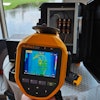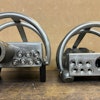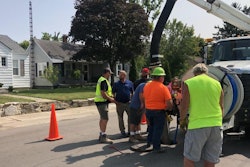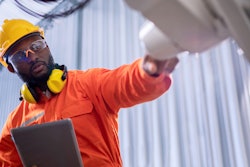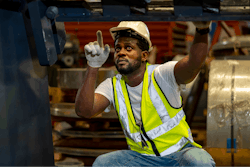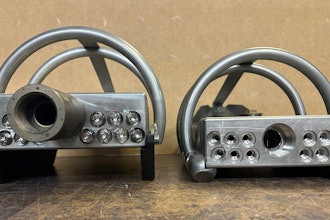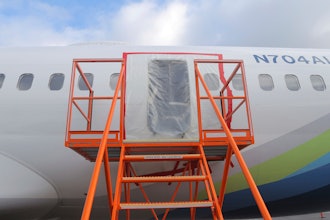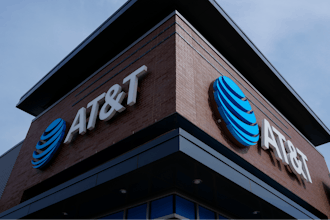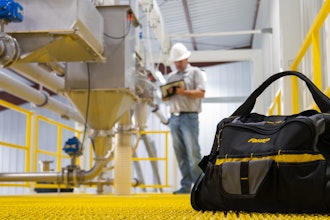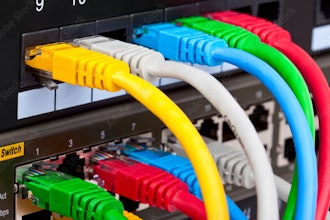
The investment in selecting, installing, and operating a computerized maintenance management system (CMMS) can be considerable. Yet, the process is often delegated to the IT and maintenance departments with minimal governance from senior management and production personnel. Such implementations will function adequately and provide benefits, yet the opportunity cost is significant and oftentimes hidden.
A CMMS can optimize your business, reduce equipment downtime and maximize asset life, but achieving maximum return on your investment requires awareness of a few best CMMS practices.
1. Conducting Analysis. A CMMS is a strategic differentiator for a business and demands clarity of thought from management, a definition of business needs, and clearly articulated expectations. A formal needs analysis must represent all departments impacted by such a fundamental change, with five key stakeholders being finance, production, maintenance, senior management, and warehousing. They should have input into the implementation plan and agree on the expected tactical benefits.
2. Senior Management Oversight. Continued senior management oversight is key to ensuring that the capital investment delivers the expected return on investment. Unchecked, the strategic benefits originally identified at implementation become eroded or remain unrealized. A quarterly review of changes, performance and deliverables ensures timely intervention should the system not be delivering on the planned benefits.
3. Consider Scalability. There is considerable discussion on Industry 4.0 implementation regarding cloud-based CMMS, wireless sensors, industrial IoT networks, and the use of machine learning and artificial intelligence for predictive maintenance. Yet, Industry 5.0 is already on the horizon, and the pace of technological change is accelerating.
The 5G rollout is gaining momentum, with its high bandwidth low-latency capabilities offering opportunities for prescriptive maintenance and real-time data collection and analysis. New CMMS systems being implemented must be forward-compatible with emerging trends and offer expansion as your business grows to avoid becoming locked into legacy solutions.
4. Target Relevance, Not Data. The power of a connected CMMS is the huge volume of data able to be streamed, captured, and sorted. However, data on its own is meaningless; algorithms that mine the data, the analysis, and subsequent decision-making make it relevant to the business. A clear-eyed understanding of the insights you require into your operation and the KPI and metrics you monitor is needed. Define baseline metrics from historical operations and create appropriate dashboards and reports to track in-service performance against the baseline.
5. Refine Your Maintenance Program. No maintenance program is perfect, particularly if it's been running for some years. Assets have aged or been replaced; factory layouts have changed; people have come and gone. The implementation of a new CMMS requires a complete maintenance program review. Simply dumping old and sub-optimal data into a new management system allows inefficiency and waste to be hidden by the CMMS's abstraction. The maintenance and engineering team should review each planned maintenance task for currency, frequency, and accuracy. Common findings include incorrect times for completion, old tasks driven by obsolete legislation, out-of-date maintenance data references, and tasks able to be grouped for efficiency.
6. Train, train, and train again. A common mistake in CMMS implementation is a rapid training program rolled out upon CMMS implementation. Modern CMMS are complex and evolving systems, and if a business wishes to extract the maximum value from its investment, an ongoing training program is essential. A useful tactic is to incorporate system 'champions' throughout the organization who become experts on the operation of the CMMS. Beware, however, that these people may move on, taking their expensive and hard-won corporate knowledge with them. There is no substitute for regular company-wide formal training that increases knowledge depth while maintaining awareness of new features, modifications and software upgrades.
Businesses that wish to gain a competitive edge, reduce operating costs, and increase equipment uptime are increasingly investing in a modern CMMS. However, executing important strategic management processes before, during, and after the implementation form a solid foundation for ongoing operation, increasing reliability, maximizing ROI, and future-proofing your business.
Bryan Christiansen is the founder and CEO of Limble CMMS.
